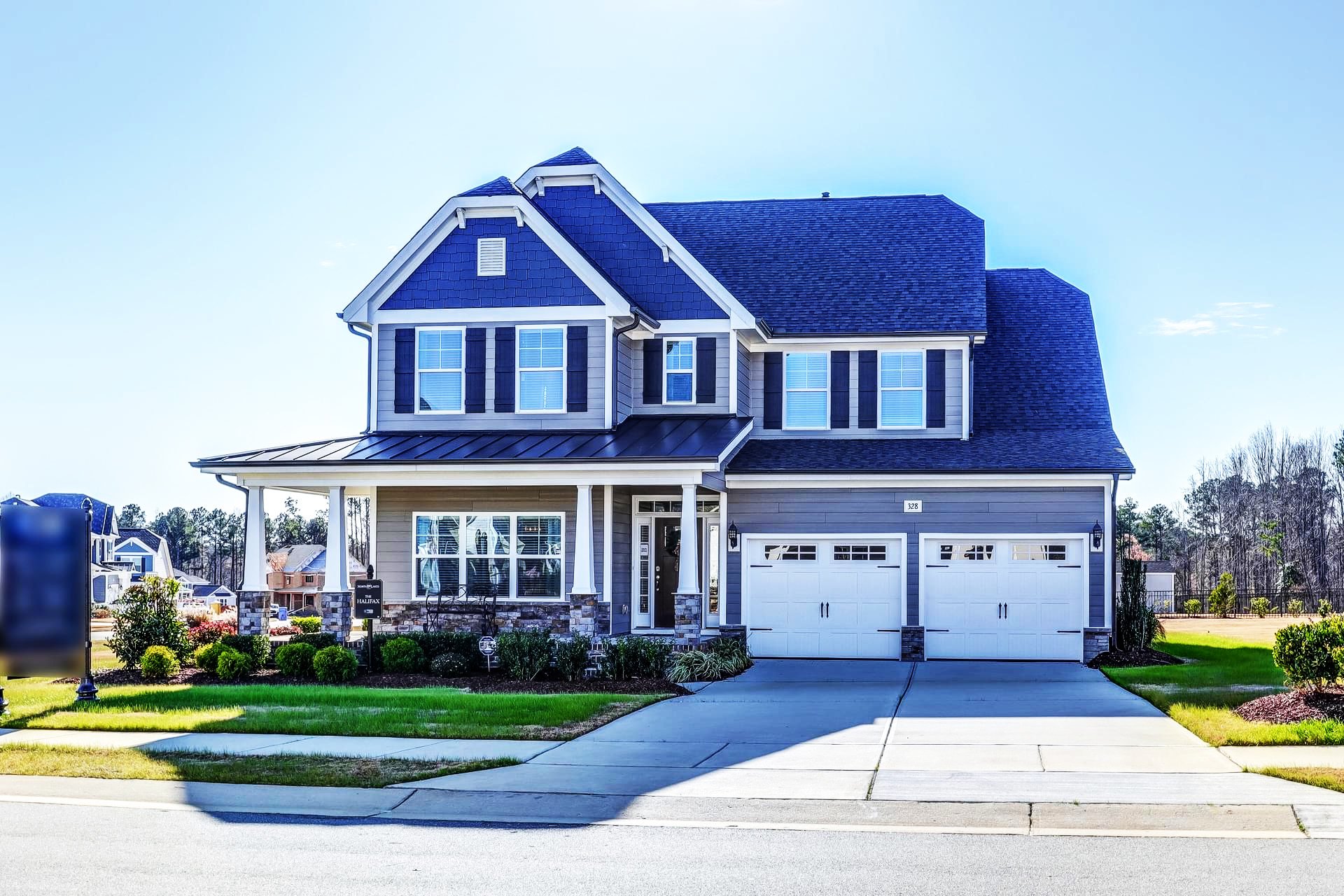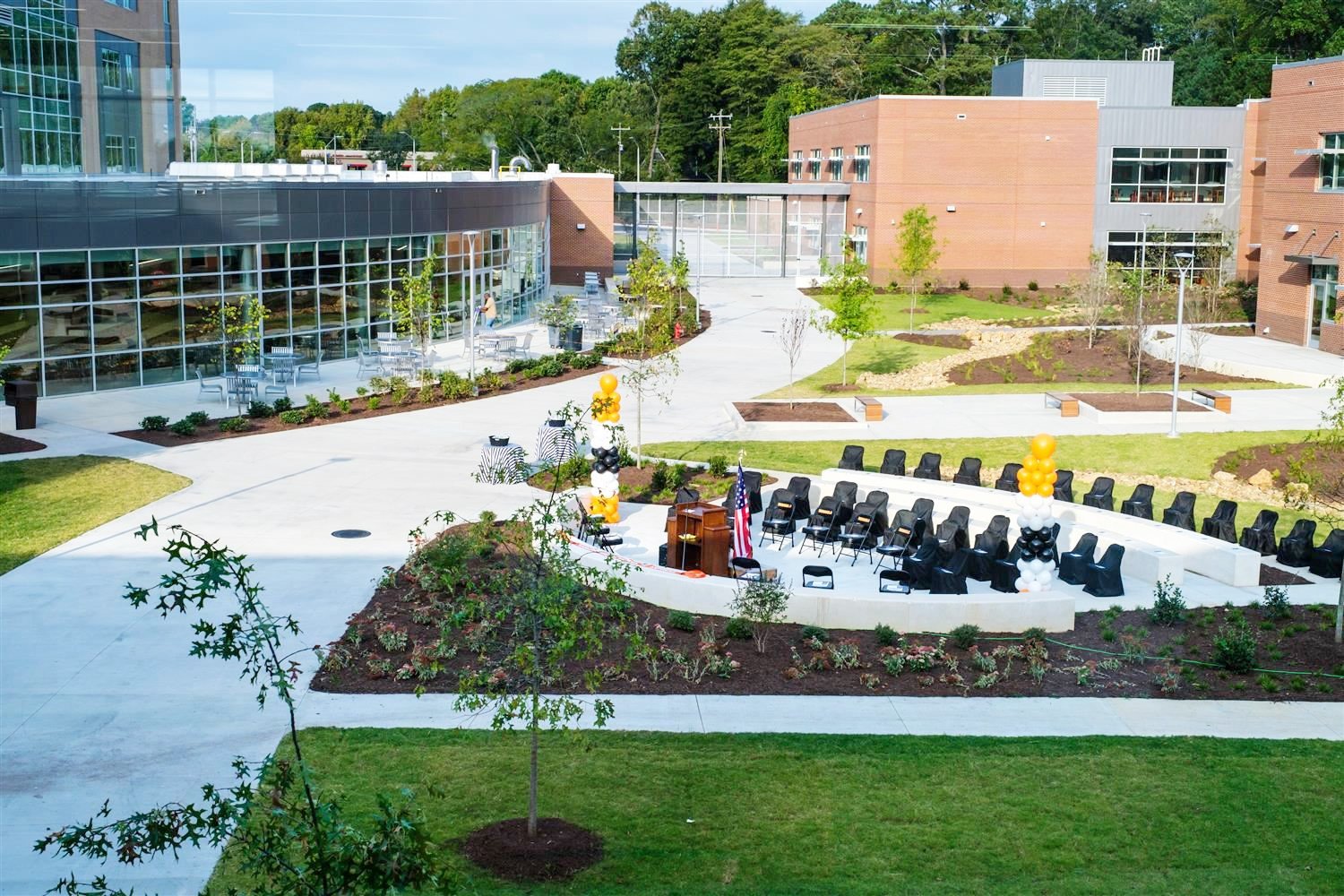Welcome To Fuquay Varina, NC
About Fuquay Varina, North Carolina
Fuquay-Varina /ˈfjuːkweɪ vəˈriːnə/ is a town in Wake County, North Carolina, United States. The population was 18,644 in 2012 (State Certified as of July 1, 2012). The population was 17,937 at the 2010 census,[1] up from 7,898 at the 2000 census, with a current population count of 53,668. The town is a 25-minute drive south of Raleigh, the capital of North Carolina. The hyphenated name attests to the town's history as two separate towns. Fuquay Springs and Varina merged in 1963 to create the modern town. Economically, the town initially grew due to tobacco trade and agriculture, but has seen recent population growth and real estate development due to its proximity to the Research Triangle Park.
Fuquay-Varina is located at 35°35′31″N 78°47′19″W (35.591969, -78.788746).[2]
According to the United States Census Bureau, the town has a total area of 12.2 square miles (31.5 km2), of which 12.1 square miles (31.3 km2) is land and 0.08 square miles (0.2 km2), or 0.51%, is water.[3]
Fuquay-Varina is located in the northeast central region of North Carolina, where the North American Piedmont and Atlantic Coastal Plain regions meet. This area is known as the "fall line" because it marks the elevation inland at which waterfalls begin to appear in creeks and rivers. Its central Piedmont location situates Fuquay-Varina about three hours west of Atlantic Beach, North Carolina, by car and four hours east of the Great Smoky Mountains.
Climate
Fuquay-Varina enjoys a moderate subtropical climate, with moderate temperatures in the spring, fall, and winter. Summers are typically hot with high humidity. Winter highs generally range in the low 50s°F (10 to 13 °C) with lows in the low-to-mid 30s°F (-2 to 2 °C), although an occasional 60 °F (15 °C) or warmer winter day is not uncommon. Spring and fall days usually reach the low-to-mid 70s°F (low 20s°C), with lows at night in the lower 50s°F (10 to 14 °C). Summer daytime highs often reach the upper 80s to low 90s°F (29 to 35 °C). The rainiest months are July and August.
Early History
Frenchman William Fuquay first settled in the small farming town of Sippihaw, named for the original Native American tribe that inhabited the area. Although there is no history of a tribe called Sippihaw, there are historical accounts in the area of a tribe called Susippihaw. His great-grandson, a tobacco farmer named Stephen, discovered a spring in the mid-19th century, while plowing the fields of the family plantation. Originally used solely for drinking water, Stephen soon came to the conclusion that themineral water flowing from the springs had healing properties, and it actually may be true, due to the cooking practices of the time, to cook food till it lost its vitamins and minerals. As word spread, locals began to help the springs establish this reputation, which brought residents from neighboring communities and counties to its waters. The springs were eventually walled in to better serve the tourists coming to the area by road or rail.
In 1860, Fuquay sold the springs to a group of local investors who formed the Chalybeate Springs Company to market the attraction and its waters. At that time another Sippihaw resident, J. D. "Squire" Ballentine, was returning home from the Civil War. Ballentine had been the town’s schoolmaster before going off to fight for theConfederate Army. During his tour of duty, he had received letters from one of many southern ladies who wrote to the troops to improve their morale. Originally signing her name "Varina", perhaps an homage to the wife of Jefferson Davis, Virginia Avery would later meet and fall in love with Ballentine. He continued to call her Varina throughout their life together. When he became the first postmaster at the new post office in town in 1880, he named it "Varina" in her honor. A community grew just south of the springs, near the post office and the couple's Varina Mercantile Company general store. In time, it adopted the same name. Ballentine's business success allowed him to construct the Ballentine Spence House in 1910, the first house to have plumbing and electricity in the area. This house, a local historic landmark, still stands today.[4]
Growth Around The Start Of The 20th Century
The Fuquay Mineral Spring's popularity grew around the start of the 20th century, especially in the 1890s as local businessman John Mills developed the idea to offer "Moonlight Excursions" to the springs. He fitted flat rail carswith seats and offered nighttime train trips to southern Wake County from Raleigh. As more guests came to the springs to "take the waters", a group of small hotels sprung up in town, along with restaurants, barbecue stands, and a dance pavilion with a player piano. The town became a tourist destination and was the site of special celebrations on Fourths of July andEaster Mondays. During these events, residents of Raleigh would take the train down to watch the accompanying baseball games and participate in the dances and celebrations. Hotels like the Ben Wiley Hotel catered to the out-of-towners and became as much a center of town life as the springs. In 1902, Sippihaw was renamed "Fuquay Springs" in honor of its founding family and was officially incorporated in 1909.
When it was incorporated, the new Fuquay Springs town limits included the core of the neighboring town of Varina, consisting of its business district and the rail junction of the Cape Fear and Northern Railway and theNorfolk Southern Railway. But Varina reestablished itself the following year when the Varina Union Station was erected and a new post office was created, spurred by the lobbying of Ballentine. Four years later, the Bank of Varina was established, competing directly with the Bank of Fuquay (now Fidelity Bank). Several warehouses for the growing tobacco business were built in town over the next few years, capitalizing on the railroad connections. Another supply store and a knitting factory followed. As Varina came into its own as a hub for area agriculture, the Fuquay Springs Corporation was formed and began bottling and selling mineral water from the springs commercially. Area businesses continued to develop and, in 1927, U.S. Route 401 was paved through town, shortening travel times to Raleigh and nearby communities.[4]
Fuquay Varina Photo Gallery












